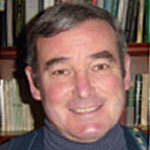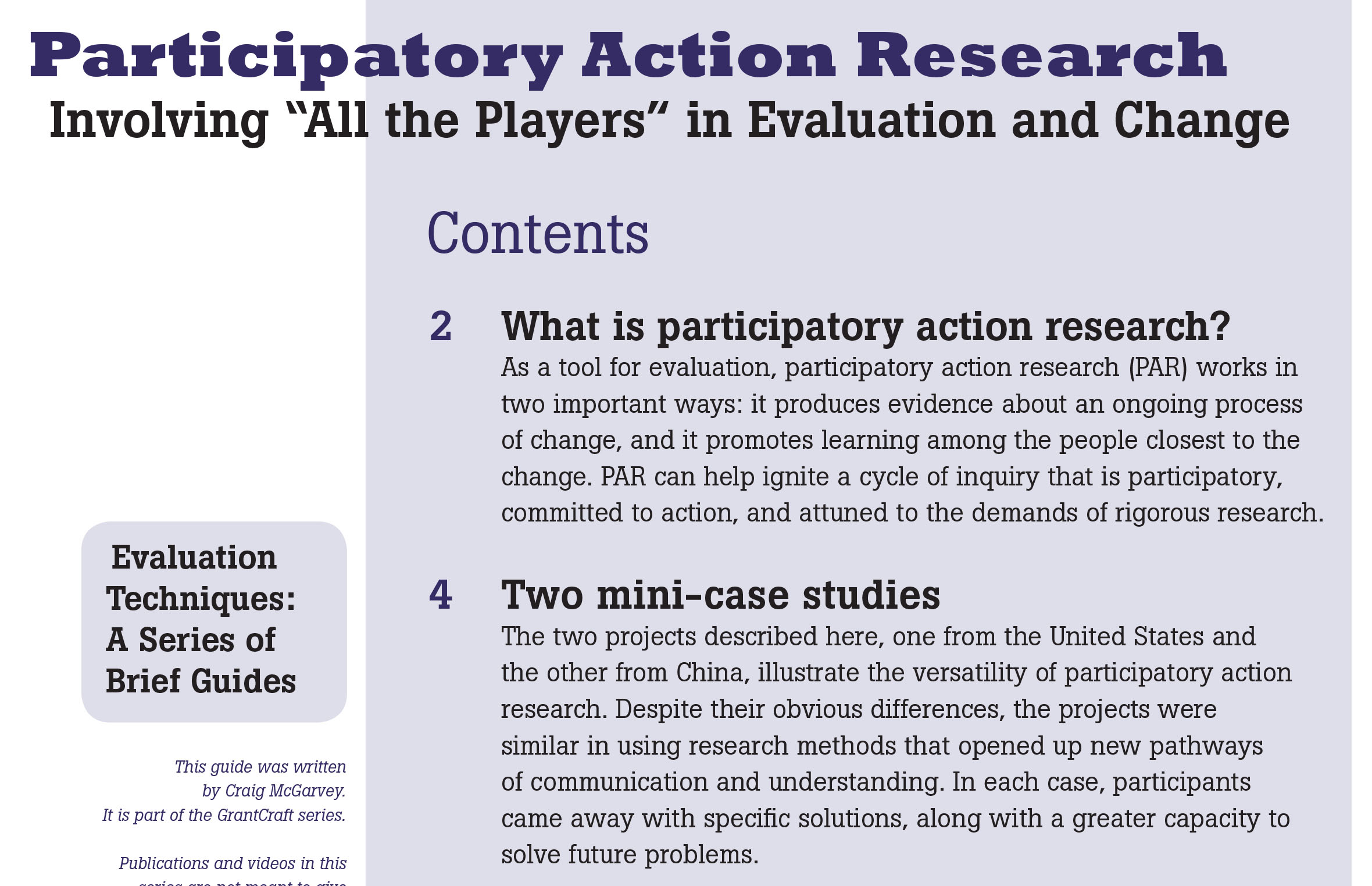Using PAR to Empower Young People as Agents of Civic Change A tool for youth engagement
When a series of racist incidents unfolded (shouts at school events, off-campus fights, and spray-painted slurs) involving high school students in a liberal U.S. university town, a prominent local leader responded by directly engaging young people in the high school. Working with school administrators, she recruited some 30 students representing the diversity — gender, age, race, religion — of the student body. She also brought in an organization that teaches participatory action research, or as the group calls it, “research, evaluation, and planning,” to young people.
“For the first three or four months,” said a youth participant, “we did group dialogues, meeting weekly at lunch, and once a month for a longer period during school. We held weekend retreats.” Facilitated by the adults, students were learning, sometimes with great difficulty, how to listen and talk to one another about race. They were also learning how to do research on school-wide racial conditions. Quantitative analysis on disproportionate graduation rates was done by the adults. The group decided that the work of the young people was to be qualitative. The question they developed to bring to fellow students: “How do expectations contribute to racial/ ethnic differences in academic achievement, class placement, and discipline patterns?”
A program officer whose foundation helped support the work describes such PAR efforts as “one of the most powerful tools to help youth become agents of positive change.” Young people gain an “incredible array of hard skills on how to get information” that is unbiased, “how to collaborate with others,” and “how to influence the minds of teachers and other adults.” The process is “transformative”: young people change community conditions and are themselves changed. “Anger and frustration are transformed into hope and possibility.”
How did the students proceed with their research, and in what ways did transformation unfold? They decided to conduct focus groups, followed by surveys of the student body, and they divided their work, some specializing in the former, some the latter. They were interested in the perceived expectations of administrators, teachers, counselors, families, fellow students, and friends. They decided to segment ethnicities, separating Asians, for instance, into Eastern, Southeastern, and Western groups.
Some students were reluctant at first to talk; some teachers were wary of being faulted. But the student researchers were fully supported by their school counselor, and, according to one participant, “we explained to teachers that we were not trying to blame them. We were just looking at perceptions.”
Among the perceptions they uncovered were some familiar racial stereotypes — whites and Asians were expected to excel, Latinos and blacks not. Some findings were uplifting: almost across the board, students felt their parents held high expectations of them. But blacks and Latinos felt they were more closely monitored and more harshly disciplined than other ethnic groups, and a significant percentage of white and Asian students shared that perception.
The point was to use these data to open a larger conversation at the school and beyond. “Surveying is a starting point,” said a supporting program officer, “and you want to develop strategies for engaging large groups.” The researcher-students did so, making presentations to faculty and administrators, the full school, the school board, the City Council, the Human Relations Commission, colleges and universities, and hearings at the State Senate, among others. They even went international: one presentation was held at a conference in China. They produced and widely screened a video and published a journal report.
Several community transformations followed:
- The PAR process helped to save the position of a counselor for English language learner students.
- The high school curriculum now includes a course for university credit that focuses on race relations throughout U.S. history.
- Students have led workshops for teachers.
- Young people have held day-long meetings on campus, focusing on race, identity, and the school’s social climate.
And what about individual transformations in the participants — the “deeper level,” in the words of a program officer, “where young people become subjects, not objects, and develop a sense of agency”? These, too, have been significant. The evaluation and research skills the students learned propelled them into civic activity. In the words of one: “Lots of us had just been sitting there in school, but afterwards we wanted to be part of community life.”
Every student involved in the project went on to higher education. “The process of analyzing my experience, quantifying it with evidence,” explained a participant, “empowered me to determine my own future. I learned to be independent, to pursue my own path and follow my passions. I never would have thought about pursuing a Ph.D. before.”


